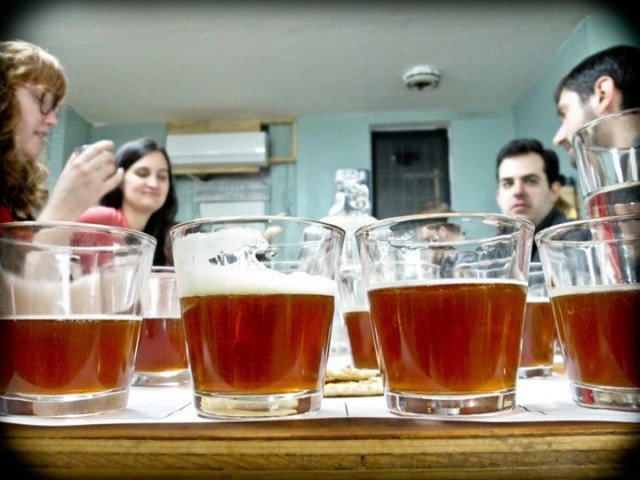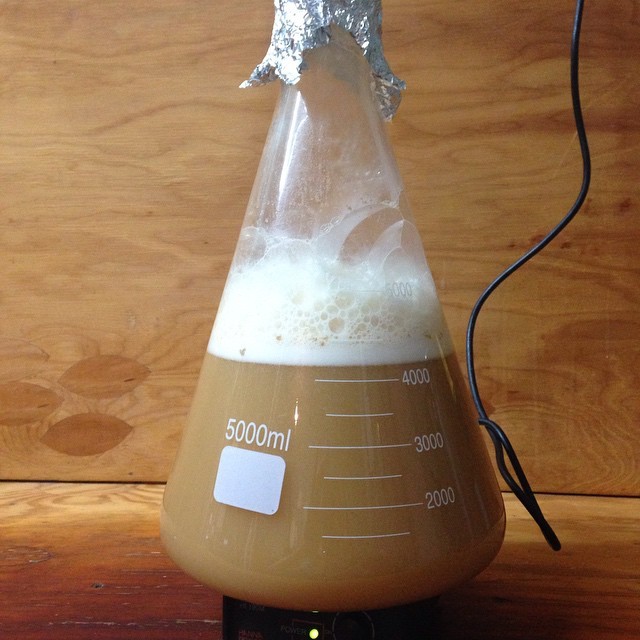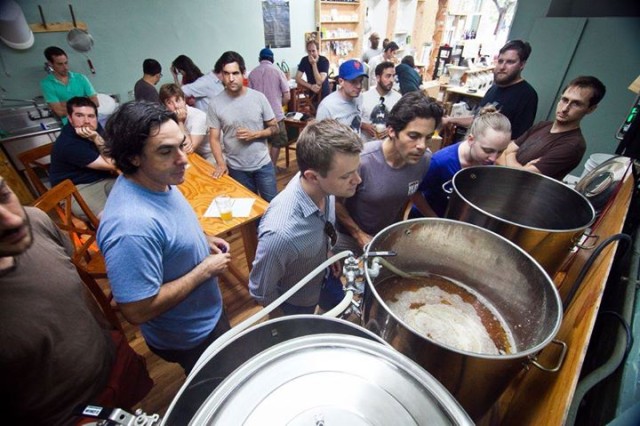
When it comes to quality craft beer, New Yorkers are spoiled for choice. But for enthusiasts interested in the ultimate in small-batch brews, there’s one option that can’t be found in any of the city’s numberless watering holes — and that’s one you concoct yourself, in the comfort of your very own kitchen. Unsure where to begin? Enter the experts. John LaPolla and Douglas Amport, co-owners of Prospect Heights homebrew shop Bitters & Esters, have the answers you need to master home brewing, starting with these five tips, specially tailored for those new to the art of brew.

1. Do your research — or, in other words, do some drinking. “The best way to know what style of beer you’d like to make,” says LaPolla, “is to taste as many different kinds as possible. Once you know what you enjoy, you’ll have a better idea where to start — it’s tough work, but someone has to do it.” Not sure what to sample? “I always suggest people drink local. Wherever you may be, find the nearest brewery and try what they’re making. A great Brooklyn option is Other Half Brewing.”
_________________________________

2. Pay attention to detail. “Cleanliness, sanitation, and temperature control are very important during fermentation,” LaPolla continues. “None of these things are particularly hard to master, but it’s essential to stay aware — letting the little things slide makes a big impact on the final product. For example, if you’re not careful about sanitation from the start, the rest of the process is out the window.”
3. Learn the off flavors. Before you begin, know what tastes are a sign of brews gone bad. “There are a lot of off flavors to look out for,” says LaPolla. “Beer can be buttery; it can take on the flavor of green apples; it can taste sour. The Beer Judge Certification Program has a useful guide outlining a few common flavors and how to fix them.”
_________________________________

4. Prep your workspace. Turns out, mise en place isn’t just for chefs. “Have everything you need — down to the pot holders — ready before you begin,” LaPolla advises. “You don’t want to be left scrambling, or running out to the store at the last minute. I also recommend drinking a beer while you’re brewing, so have that ready, too.”
_________________________________

5. Take a class. “The best place for a home brewer to start would be at our Brewshop 101 class. It’s very informative — our students go from knowing next to nothing about brewing beer to becoming capable brewers in just three hours.” A bonus? Participants help produce a five-gallon batch over the course of the evening — and since fermentation takes up to 14 days, are able to sample the handiwork of classes that came before.
Thanks to John LaPolla and Douglas Amport for their insights. Sign up for Brewshop 101 — with classes already scheduled through late summer, fall, and early winter — on CourseHorse.
Leave a Reply



